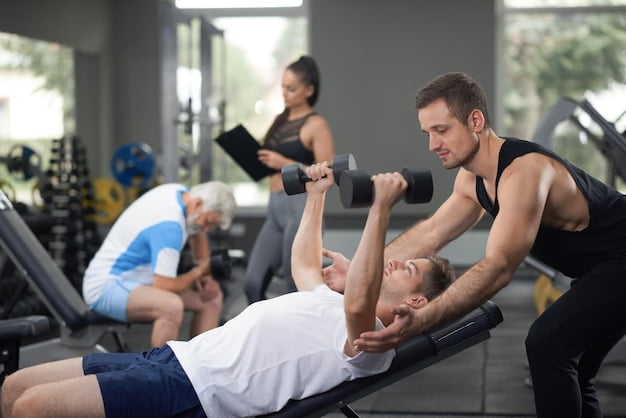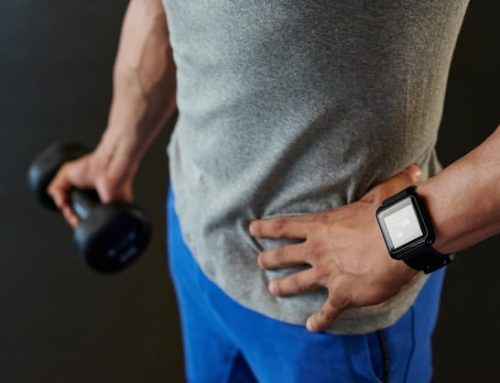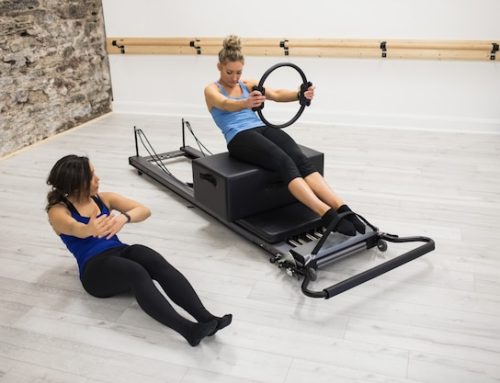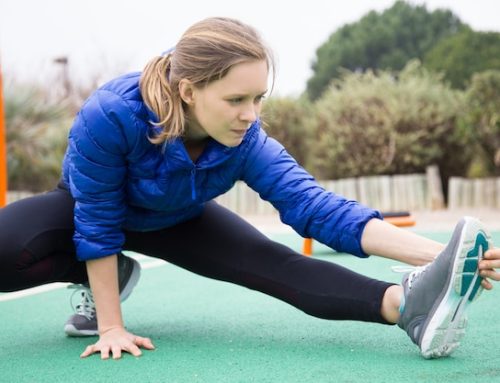Introduction
Do you have a busy schedule and struggle to find time to exercise? Well, you’re not alone! Many people have a difficult time keeping up with their fitness routine due to their hectic schedules. Fortunately, there’s a solution: High-Intensity Interval Training (HIIT). HIIT is a popular workout routine that has taken the fitness world by storm due to its efficiency in burning fat and building strength in just 30 minutes. In this blog post, we’ll explore what exercise burns the most fat in 30 minutes and how HIIT can help you achieve your fitness goals in a short amount of time.
What is High-Intensity Interval Training (HIIT)?
HIIT is a cardiorespiratory training method that alternates between short, high-intensity bursts of activity and periods of rest or low-intensity recovery. HIIT workouts can range from 10 to 30 minutes and typically include exercises such as sprinting, jumping jacks, squats, and push-ups. HIIT is designed to increase your heart rate and metabolic rate, which leads to the body burning more calories and fat than traditional exercise methods. According to a study published in the Journal of Obesity, HIIT can burn up to 25-30% more calories than other forms of exercise.
What Exercise Burns the Most Fat in 30 Minutes?
When it comes to burning fat, there’s no one-size-fits-all exercise. However, there are some exercises that are more effective than others. According to a study conducted by the American Council on Exercise, the top three exercises that burn the most fat in 30 minutes are:
- Running/Jogging: Running or jogging can burn up to 372-465 calories in 30 minutes, depending on your weight and intensity level.
- Cycling: Cycling can burn up to 298-372 calories in 30 minutes, depending on your weight and intensity level.
- Rowing: Rowing can burn up to 210-260 calories in 30 minutes, depending on your weight and intensity level.
The Benefits of HIIT
Not only does HIIT burn fat and calories, but it also has numerous health benefits. HIIT can improve cardiovascular health, increase insulin sensitivity, and reduce blood pressure in people with hypertension. HIIT can also help to build lean muscle mass, which can increase your metabolism and help you burn more calories throughout the day. Furthermore, HIIT can be done anywhere, with no equipment necessary. This makes it an excellent choice for individuals who have a limited amount of time and don’t have access to a gym.
How to Get Started with HIIT
Before starting any exercise routine, it’s essential to consult with a healthcare professional to ensure that it’s safe for you. Once you receive clearance, you can start with a simple HIIT workout routine. A popular HIIT workout is the Tabata method, which involves 20 seconds of high-intensity exercise followed by 10 seconds of rest for eight rounds. You can choose any exercise, such as jumping jacks, squats, or push-ups, to complete during the 20-second intervals. You can also design your own HIIT workout by alternating between high-intensity exercises and periods of recovery.
HIIT vs. Steady-State Cardio
While steady-state cardio, such as running, cycling, or walking, can also burn fat and calories, HIIT has been shown to be more effective. Steady-state cardio typically burns fewer calories than HIIT, and the body adapts to the routine, leading to a plateau in weight and fat loss. In contrast, HIIT keeps the body guessing due to the unpredictability of the workouts. This leads to more fat and calorie burning, and less of a chance of hitting a weight loss plateau.
Conclusion
In conclusion, if you’re looking to burn fat and build muscle in a short amount of time, HIIT may be for you. With its numerous health benefits and efficiency, HIIT has become one of the most popular workout routines in the fitness world. Remember to always consult with a healthcare professional before starting any exercise routine, and start with a simple HIIT workout such as the Tabata method. With consistency and dedication, you can achieve your fitness goals in as little as 30 minutes a day.






